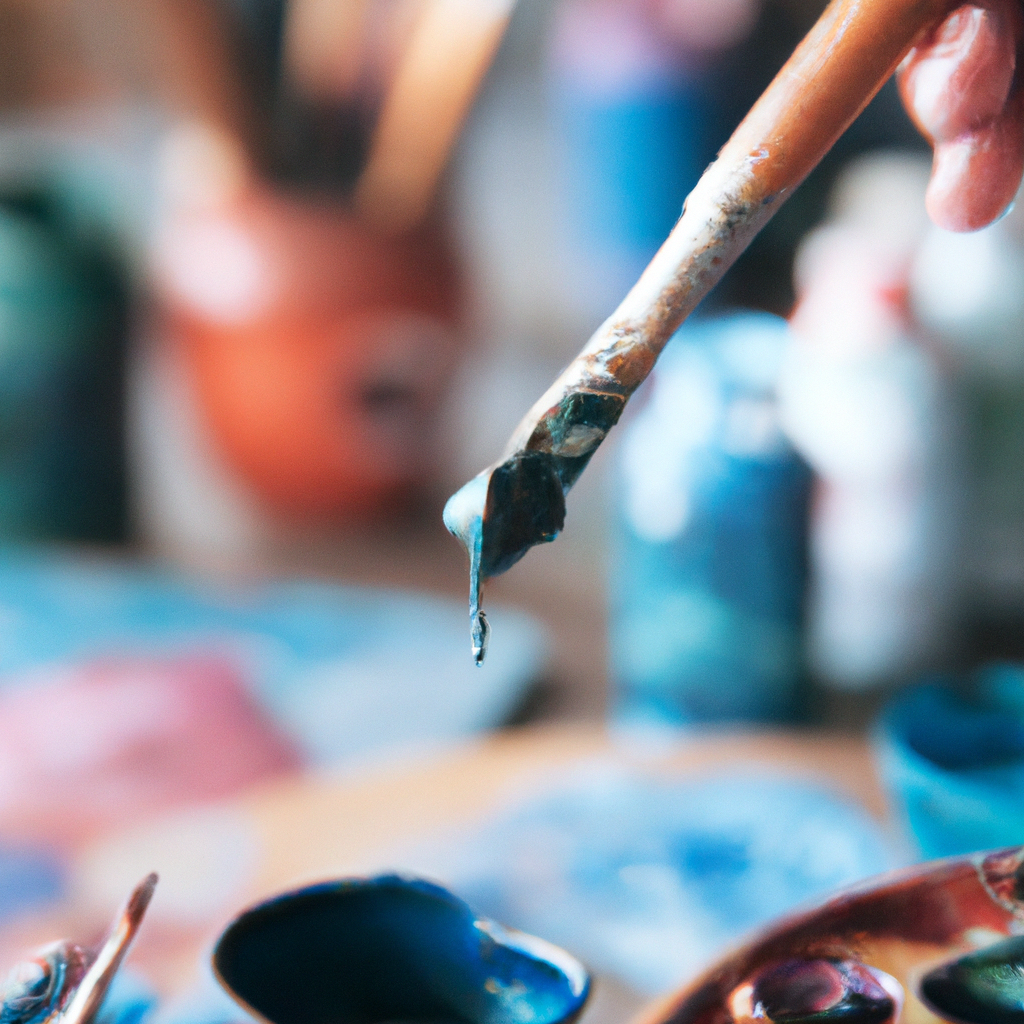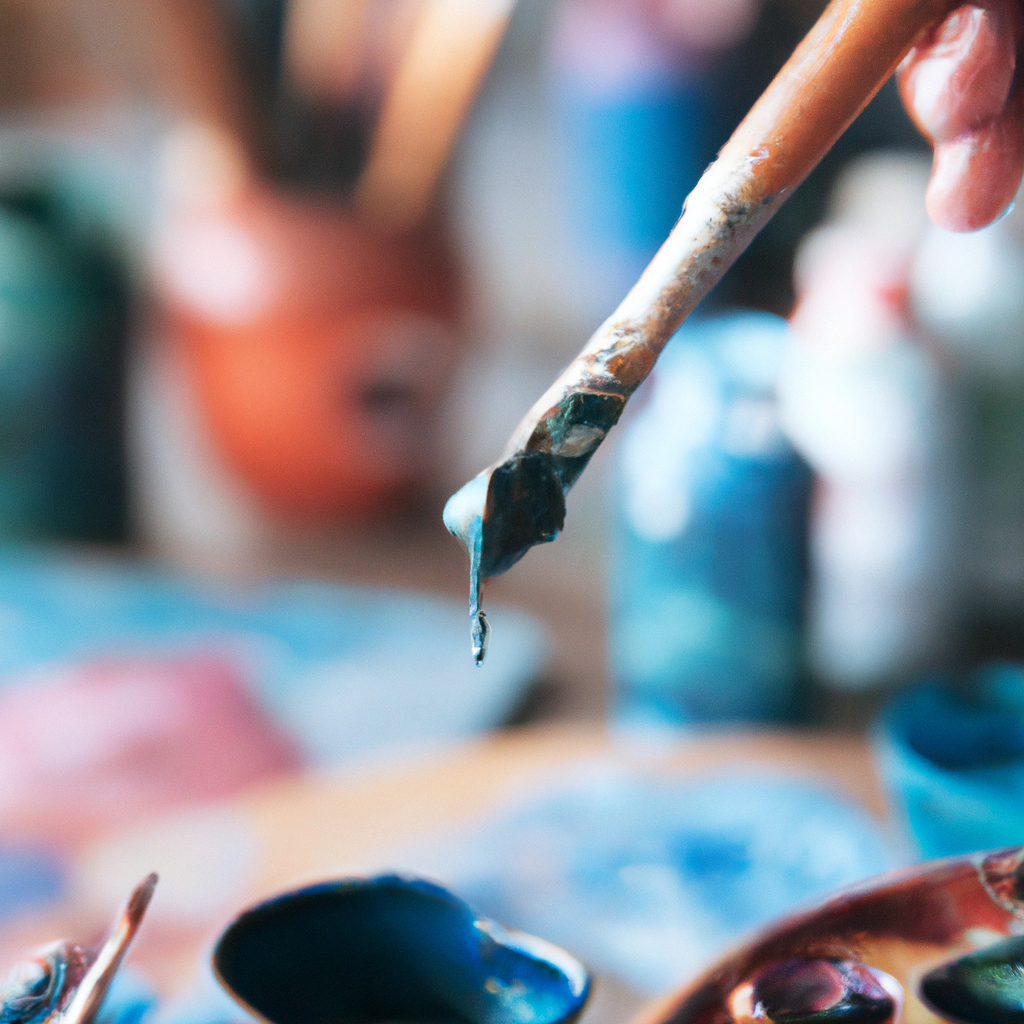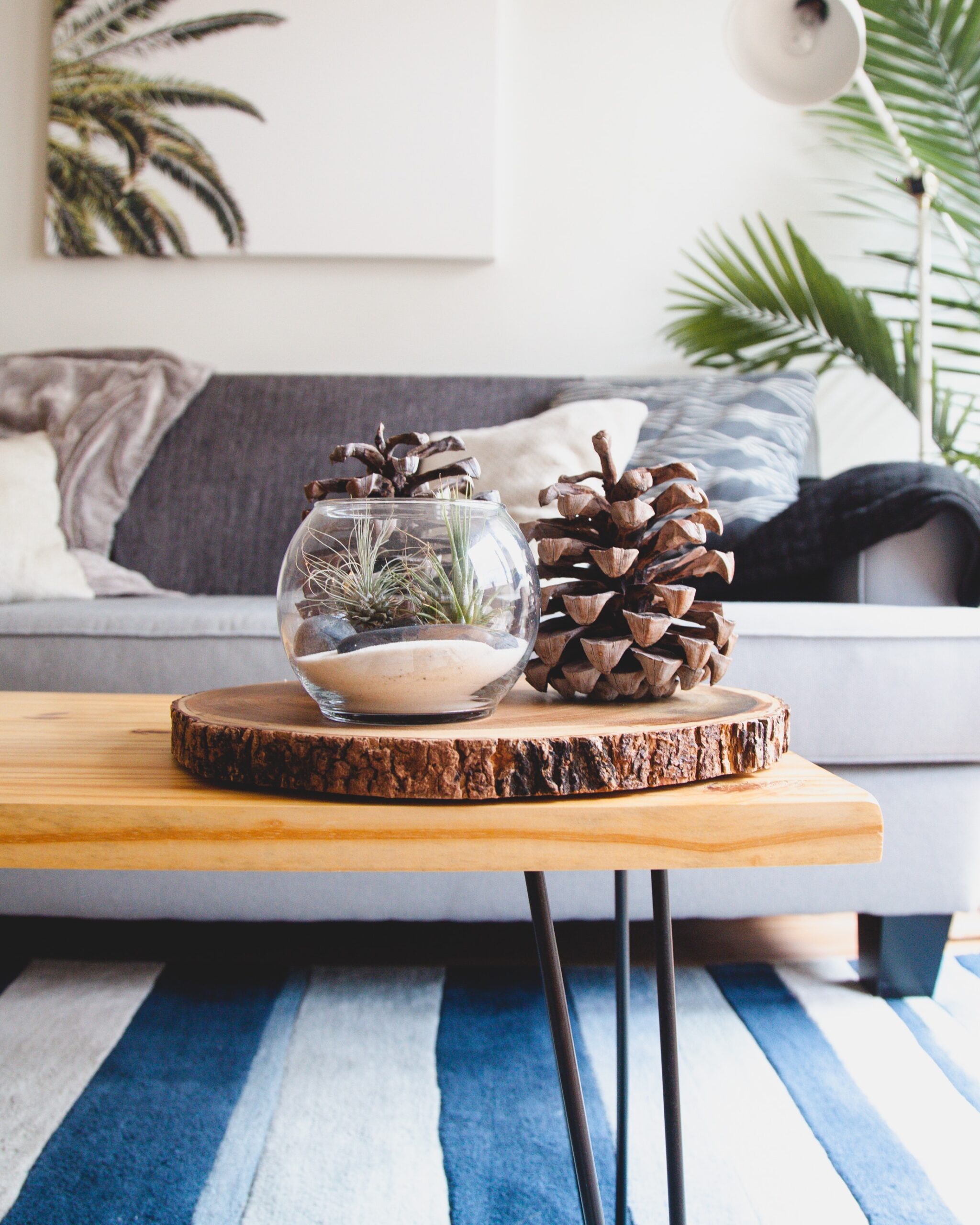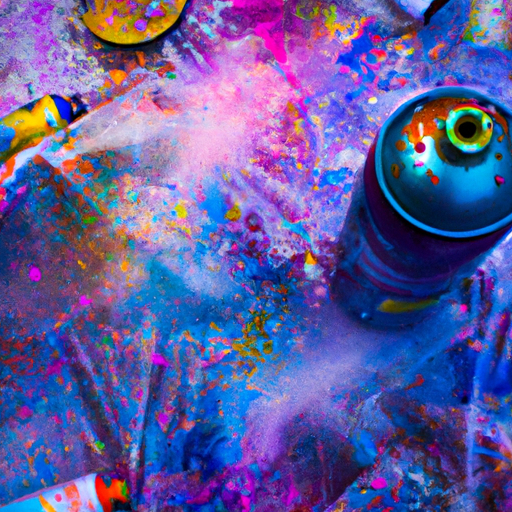Have you ever found yourself with a dried out tube of acrylic paint that you desperately wanted to use? Don’t worry, because in this article, we will show you the simple steps to bring your dried acrylic paint back to life. Whether you’re an artist or a DIY enthusiast, these easy tips and tricks will help you salvage your dried paint and get back to creating beautiful works of art. Say goodbye to wasted paint and hello to a world of endless possibilities!
Ways to Soften and Revive Dried Acrylic Paint
Using Water and Scrubbing
If you find that your acrylic paint has dried up, one of the simplest ways to soften it is by using water and scrubbing. Start by dampening your paintbrush with water, then gently scrub the dried paint. This process helps to loosen the paint and make it more pliable. However, be cautious not to use too much water as it may dilute the color and affect the overall consistency of the paint.
Using Acrylic Mediums
Acrylic mediums are specialized products designed to alter and enhance the qualities of acrylic paint. When dealing with dried acrylic paint, adding an acrylic medium can help revive it. Mix the medium with the dried paint using a palette knife or brush, and work it into the paint until it reaches a smoother and more workable consistency. Acrylic mediums not only soften the paint but also provide additional texture, gloss, or matte finishes to your artwork.
Using Commercial Paint Softeners
If water and acrylic mediums do not fully revive your dried acrylic paint, you might consider using commercial paint softeners. These products are specifically formulated to break down the hardened paint and restore its original fluidity. Follow the instructions provided with the paint softener and apply it to the dried paint. Allow the product time to work its magic, and then use a palette knife or brush to mix and soften the paint until it becomes more manageable.
Using Rubbing Alcohol
Another effective method to soften dried acrylic paint is by using rubbing alcohol. Moisten a soft cloth or sponge with rubbing alcohol and gently dab it onto the dried paint. The alcohol helps to break down the paint’s surface and make it more pliable. Scrub the paint using a brush or sponge, and continue to apply rubbing alcohol as needed until the paint softens. Remember to work in a well-ventilated area and exercise caution when using alcohol, as it can react with certain surfaces or materials.
Using Heat
Heat can be a useful tool for softening dried acrylic paint. You can employ a hairdryer or heat gun to warm up the paint’s surface and make it more malleable. Hold the hairdryer or heat gun at a safe distance from the paint to avoid overheating or damaging it. Apply heat to the dried paint in a circular motion, and as it warms up, gently scrape and mix the paint using a palette knife or brush. The heat will help soften the paint, making it easier to work with.
Using Vinegar
For stubborn dried acrylic paint, vinegar can be an excellent solution. Mix equal parts vinegar and water, then soak a cloth or sponge in the mixture. Place the damp cloth or sponge onto the dried paint and leave it for a few minutes. The vinegar’s acidity will gradually soften the dried paint, allowing you to gently scrub and loosen it. Afterward, rinse the area with water to remove any residue. Vinegar is a natural and non-toxic alternative to chemical paint softeners.
Using Glycerin
Glycerin is a common ingredient found in many art supply stores and is a useful method to revive dried acrylic paint. Mix a small amount of glycerin with water and apply it directly to the dried paint. Let it sit for a few minutes to allow the glycerin to penetrate and soften the paint. You can then scrub and mix the paint using a brush or palette knife until it becomes more manageable. Glycerin helps to restore moisture to the dried paint, giving it renewed flexibility.
Using Acetone or Nail Polish Remover
In situations where the dried acrylic paint is particularly stubborn, acetone or nail polish remover can come to the rescue. However, exercise caution when using these products as they are highly flammable and may damage certain surfaces. Apply a small amount of acetone or nail polish remover to a cloth or cotton ball, and gently dab it onto the dried paint. Allow the product to work its magic, then scrub and mix the softened paint until it becomes more pliable.
Using Vegetable Oil
When you’re in a pinch and need a quick solution to soften dried acrylic paint, try using vegetable oil. Dip a clean cloth or sponge in vegetable oil and dab it onto the dried paint. The oil will work its way into the paint, causing it to soften. Gently scrub the paint using a brush or sponge, and continue to apply vegetable oil as needed until the paint becomes more workable. Once the paint has softened, you can go ahead and clean the surface with mild soap and water.
Using Acrylic Retarder
Acrylic retarders are additives that slow down the drying time of acrylic paint. They can also be used to revive and soften dried acrylic paint. Mix a small amount of acrylic retarder with water and apply it to the dried paint. Let it sit for a few minutes to allow the retarder to permeate the paint, then gently scrub and mix the paint until it regains its fluidity. Acrylic retarders provide extended working time for acrylic paint and prevent them from drying out too quickly.

This image is property of images.unsplash.com.
Preventive Measures to Avoid Paint Drying Out
Closing Paint Containers Properly
One of the essential preventive measures to avoid paint drying out is to close paint containers properly. After you’re done working with acrylic paint, ensure that the lids on paint tubes, jars, or bottles are tightly sealed and secure. This helps to prevent air from entering the container and drying out the paint. Additionally, store the paint in an upright position to minimize the risk of leaking or spilling.
Thinning Acrylic Paint Properly
When thinning acrylic paint with water or acrylic medium, it’s crucial to do it properly to avoid drying issues. Add small amounts of water or medium at a time and mix thoroughly until you achieve the desired consistency. Take note that adding excessive amounts of water can cause the paint to dry out much faster. It’s best to follow the manufacturer’s instructions on thinning ratios for specific acrylic paints.
Dividing Paint for Small Projects
If you’re working on a small project or only need a small amount of paint, it’s wise to divide the paint before you begin. This prevents the unused portion from drying out while you work. Use a separate palette or container to portion out the paint you need for your current project, leaving the rest tightly sealed. By only exposing a small amount of paint to air, you minimize the risk of it drying out prematurely.
Using Wet Palette
A wet palette is a fantastic tool to keep your acrylic paint workable for longer periods. It consists of a shallow tray or palette with a layer of water underneath a semi-permeable membrane or palette paper. The moisture from the water gradually seeps through the membrane, keeping the paints moist and prevent them from drying out quickly. As you work, periodically add water to the palette to maintain the moisture levels.
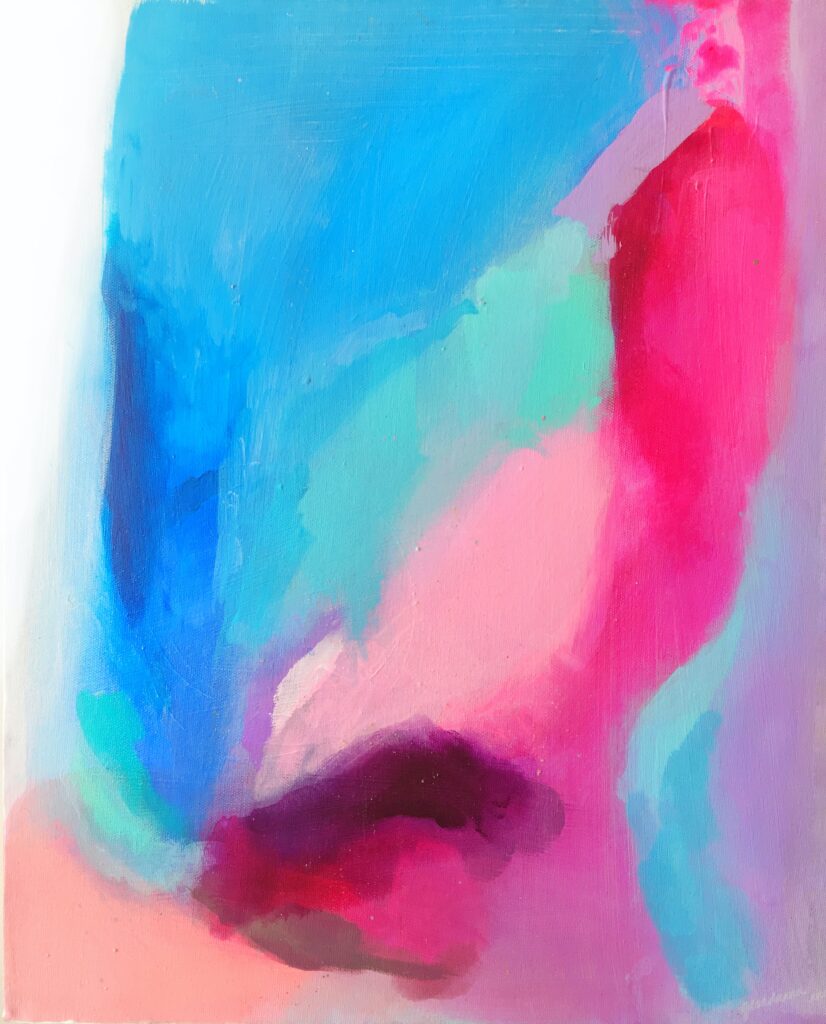
This image is property of images.unsplash.com.
Tips and Tricks for Working with Acrylic Paint
Using Spray Bottle or Mister
Using a spray bottle filled with water can be a handy technique to keep your acrylic paint moist while you’re working. Lightly mist the surface of the paint on your palette or canvas to introduce moisture and prevent it from drying too quickly. The fine mist ensures that the paint doesn’t become too diluted, allowing you more time to blend and work with the colors.
Adding a Palette Wetting Spray
Palette wetting sprays are specifically designed to keep acrylic paint wet and workable. These sprays are applied directly to the palette surface before you start painting. They provide a thin layer of moisture, which helps to slow down the drying process and keep the paint in a more fluid state. Follow the instructions on the wetting spray to achieve the best results.
Using a Stay-Wet Palette
Investing in a stay-wet palette can greatly extend the working time of your acrylic paint. A stay-wet palette consists of a palette with a lid and a specially designed membrane or paper that holds moisture. The palette’s lid keeps the moisture trapped, preventing the paint from drying out quickly. This allows you to leave your paints on the palette for longer periods without worrying about them drying up.
Working with a Slow-Drying Medium
Acrylic paints dry relatively quickly, but you can slow down the drying time by incorporating a slow-drying medium into your painting process. Slow-drying mediums like gel retarders or glazing mediums extend the workability of the paint. Mix a small amount of the medium with your paint and it will delay the drying process, giving you more time to manipulate the colors and achieve the desired effects.
Keeping the Paint Workable with a Palette Knife
When you’re working on a painting and need to take a short break, you can use a palette knife to keep the paint workable. Simply scrape the paint from your brush onto the palette and spread it out using the palette knife. This exposes more surface area of the paint to air, allowing it to dry more slowly while preserving your paint on the brush. When you’re ready to continue, remix the paint on the palette to rejuvenate its workability.
Using a Palette with a Lid
Using a palette with a lid can help protect your paints from drying out when you’re not actively working on your art. Traditional palettes with open wells leave the paint exposed to air, causing it to dry faster. By using a palette with a lid, you can seal the paint wells and keep the moisture trapped inside, giving you more time to work with your acrylic paints.
Spraying Water or Acrylic Retarder on Dried Paint
If you encounter dried paint on your palette or canvas, you can revive it by spraying water or acrylic retarder onto it. The moisture from the spray penetrates the dried paint’s surface, making it more malleable again. Spray the water or retarder onto the dried paint, let it sit for a few minutes, and then use a brush or palette knife to mix and soften the paint. This technique is particularly useful if you’ve left the paint to dry overnight or for an extended period.
Mixing in a Small Amount of Fresh Paint
If you have dried paint that needs to be softened, mixing in a small amount of fresh paint can help rejuvenate it. Take a tiny dab of the same color paint that has not dried out and mix it into the dried paint. Use a brush or palette knife to thoroughly blend the fresh paint with the dried paint until it reaches the desired consistency. The fresh paint’s moisture will transfer to the dry paint, reviving it and making it more pliable.

This image is property of images.unsplash.com.
Cleaning and Maintenance of Art Supplies
Cleaning Brushes
Properly cleaning your paintbrushes is essential to maintain their longevity and performance. Rinse the brushes under warm water to remove excess paint before using mild soap or brush cleaner to clean the bristles thoroughly. Gently massage the bristles with your fingers or use a brush cleaning pad. Rinse again to remove any soap residue, reshape the bristles, and allow the brushes to air dry. Avoid leaving your brushes in water or resting them on their bristles to prevent damage.
Cleaning Palettes
Cleaning your palettes regularly helps to avoid cross-contamination of colors and keeps your paint mixtures fresh. Acrylic paint dries quickly, but it can be easily removed from palettes with warm water and mild soap. Scrub the palette with a sponge or brush, paying attention to any stubborn paint spots. Rinse thoroughly, ensuring all soap residue is removed, and allow the palette to air dry or pat it dry with a clean towel.
Storing Paint Tubes Properly
Proper storage of paint tubes is crucial to prevent them from drying out prematurely. Ensure the caps of the paint tubes are screwed on tightly after each use to minimize air exposure. Store the tubes in an upright position in a cool and dry area, away from direct sunlight or extreme temperature fluctuations. Keeping your paint tubes organized in a designated storage box or drawer can also help protect them from damage.
Cleaning Paint Containers or Bottles
If you use reusable paint containers or bottles, proper cleaning is important to maintain the integrity of your paint. Rinse the containers with warm water immediately after use to remove any leftover paint. If there are dried paint residues, soak the containers in warm soapy water for a few minutes, then scrub them with a brush or sponge to remove the dried paint. Rinse thoroughly and air dry before storing or reusing the containers.
